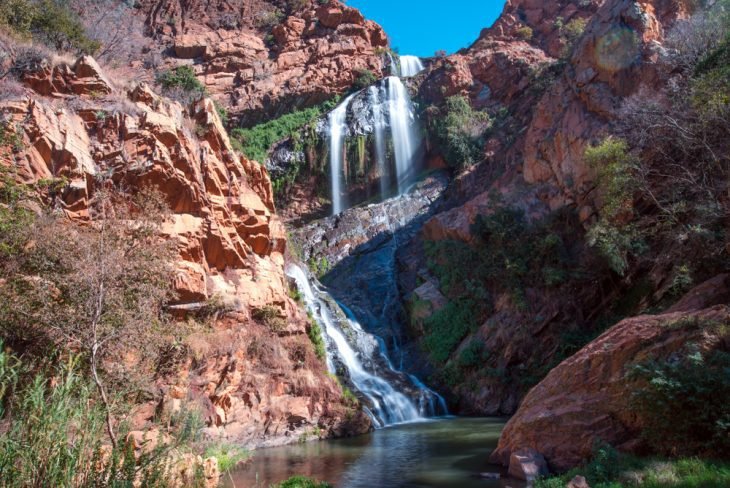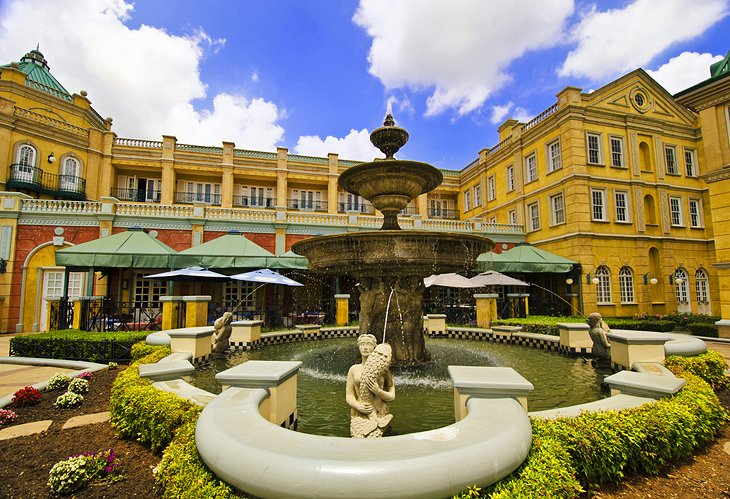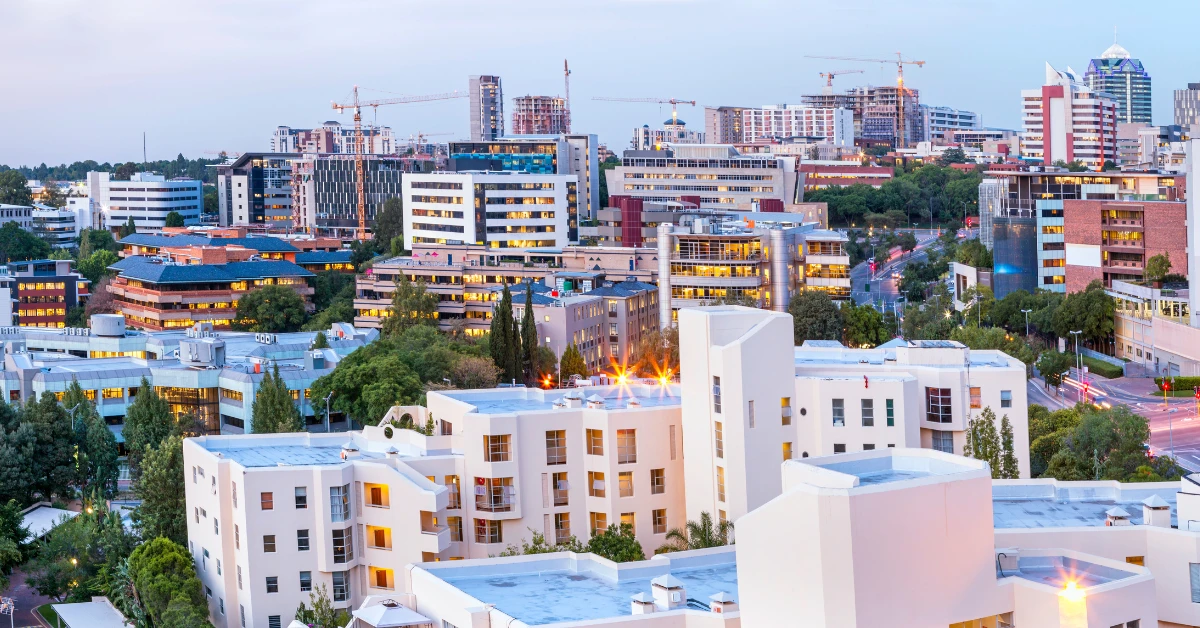How Johannesburg North Attractions can Save You Time, Stress, and Money.
How Johannesburg North Attractions can Save You Time, Stress, and Money.
Blog Article
7 Simple Techniques For Johannesburg North Attractions
Table of ContentsJohannesburg North Attractions - QuestionsJohannesburg North Attractions Fundamentals ExplainedThe Best Strategy To Use For Johannesburg North AttractionsThe 8-Second Trick For Johannesburg North AttractionsJohannesburg North Attractions for BeginnersThe Definitive Guide to Johannesburg North AttractionsThe 9-Second Trick For Johannesburg North Attractions
You should maintain protection in mind and vacationers should continue to be sharp at all times when in unfamiliar environments. Talk with the locals when you remain in town to locate out regarding the area you are remaining in. Johannesburg North attractions. When on the road (this doesn't relate to mall and various other safe and secure settings) ideal general guidance is to try your best to resemble a neighborhood and to stay clear of showing any kind of form of riches
Johannesburg North Attractions Fundamentals Explained
Professor Revil Mason O. J. (Thomson, 1946) explored the Witwatersrand's pre-colonial background. His historical job took off the 'em pty land' myth, according to which the region was empty of human habitation before the arrival of European settlers. In his publications Prehistory of the Transvaal: A Document of Human Activity (1962) and Beginnings of Black Individuals of Johannesburg and the Southern Western Central Transvaal Advertisement 3501880 (1986 ), Professor Mason showed the extent of social and economic growth in the area prior to Europeans established foot right here.

The Ultimate Guide To Johannesburg North Attractions
In 1878, David Wardrop found gold in quartz capillaries at Zwartkop, north of Krugersdorp. In 1881, Stephanus Minnaar came across gold on the ranch Kromdraai, near the Cradle of Mankind.
In March 1886, a protrusion (quickly to be called the Main Reef) was found, quite luckily, on Gerhardus Oosthuizen's farm Langlaagte. Some state that the Lancastrian coal miner George Pedestrian found this reef. One more travelling English miner, George Harrison (who had previously operated in Australian mines) acquired a prospecting permit in respect of Langlaagte in May 1886.
He made a decision to proceed in a pursuit for greener fields, and disposed of his Langlaagte insurance claim for the princely sum of 10. Alas: beneath lay the richest goldfield ever before located. The exploration of this rich auriferous reef provoked a gold rush that signified the end of bucolic serenity in the southern Transvaal.
It would, within six years, come to be the biggest town in southern Africa. Within a years, it would certainly make the Z. A. R. up until then an anarchical and insolvent little state the richest nation in Africa. By the turn of the century, the Z. A. R. was to surpass Russia, Australia and the United States of America to end up being the globe's leading gold producer, producing even more than a quarter of the globe's gold.
Johannesburg North Attractions for Beginners
It was called Ferreira's Camp, named after Colonel Ignatius Ferreira. He was a Boer traveler upon whom the British authorities had presented the condition of Companion of the Many Distinguished Order of St Michael and St George (qualifying him to the post-nominal letters C. M. G.) in gratefulness for his function in the battle that had deposed the Pedi king Sekhukhune in 1879.
Quickly the camp was brimming with outdoors tents and wagons as novices showed up daily from far and wide. By September 1886, some 400 individuals lived in Ferreira's Camp, which quickly boasted upraised iron and hardwood buildings. 2 other camps were established: Meyer's Camp on the ranch Doornfontein, and Paarl Camp. The latter was nicknamed Afrikander Camp; lots of people from the Cape Colony resolved there.

Getting The Johannesburg North Attractions To Work
This name got currency by word of mouth, such that the State Secretary attested the name to the Mining Commissioner on 9 October 1886. Stands in the village were auctioned on 8 December 1886. While some stands were cost 10, others were knocked down for just sixpence.
Two years later on, these erven were to alter hands for as high as 750 each. The tented camps diminished as a dorp of corrugated iron buildings established and expanded north of the mines situated along the Main Coral Reef Road. Areas such as Jeppe's Community (where working-class immigrants erected their houses) and Doornfontein (where the affluent new 'Randlords' started to construct their luxurious homes) were quickly contributed to the ever-expanding map of the community.
The Single Strategy To Use For Johannesburg North Attractions
Aside from the road names, there were no indicators of Johannesburg being positioned in a Dutch-speaking country. Several years later on, C. W. Kearns O. J. (among the initial boys enrolled at St John's University in 1898) would certainly remember: 'A strange fact regarding Johannesburg was that, although it remained in the [Boer Republic], virtually everyone spoke English useful reference and even the Government servants dealt with one in English, unless they were very first attended to in the Taal (or Reduced Dutch)'.
Britain had an interest in ensuring optimal problems for gold production on the Witwatersrand, and that the gold was exported to London rather than Berlin an important rendered all the extra clamant by the Z. A. R.'s raising toenadering with Germany. Mine proprietors were on a clash with President Kruger, whose plan of monopolistic concessions (typically given to his cronies) prevented mining firms from acquiring materials of materials (specifically dynamite) and labour by themselves, less costly terms
Johannesburg North Attractions Can Be Fun For Anyone
In 1890, the Volksraad had actually restricted the franchise to white males directory who had stayed in the Z. A. R. for fourteen years or longer, thus disqualifying the majority of the immigrants (who occurred to be the significant factors to the fiscus). Frustration for the ballot was a mere pretext for promoting a various schedule; most uitlanders regarded themselves as short-term site visitors and had no intention of remaining in the Z.
Report this page